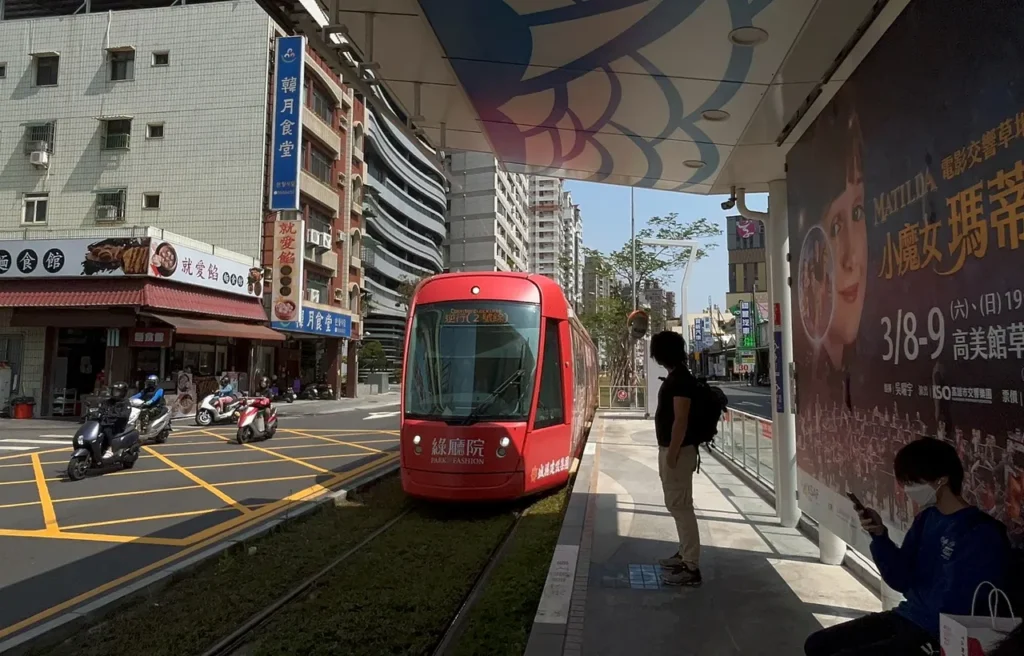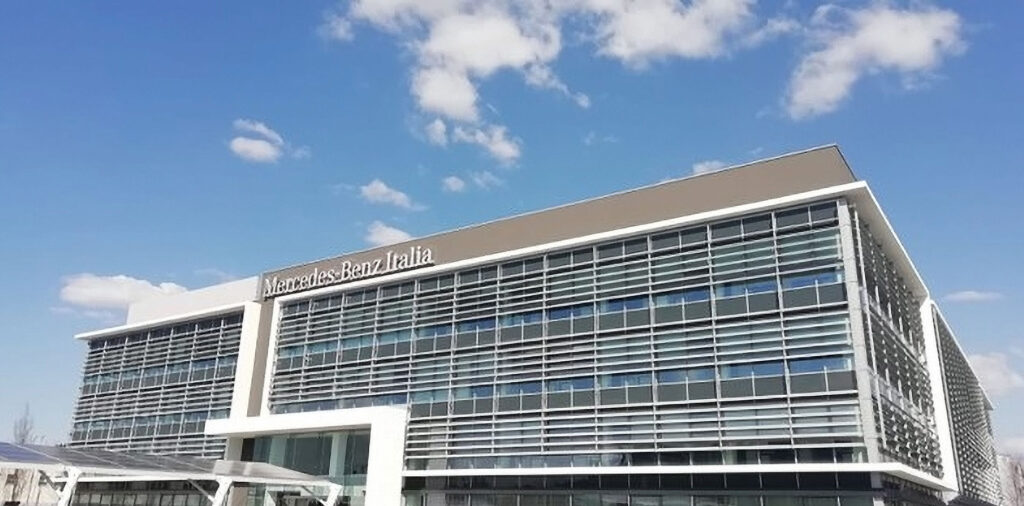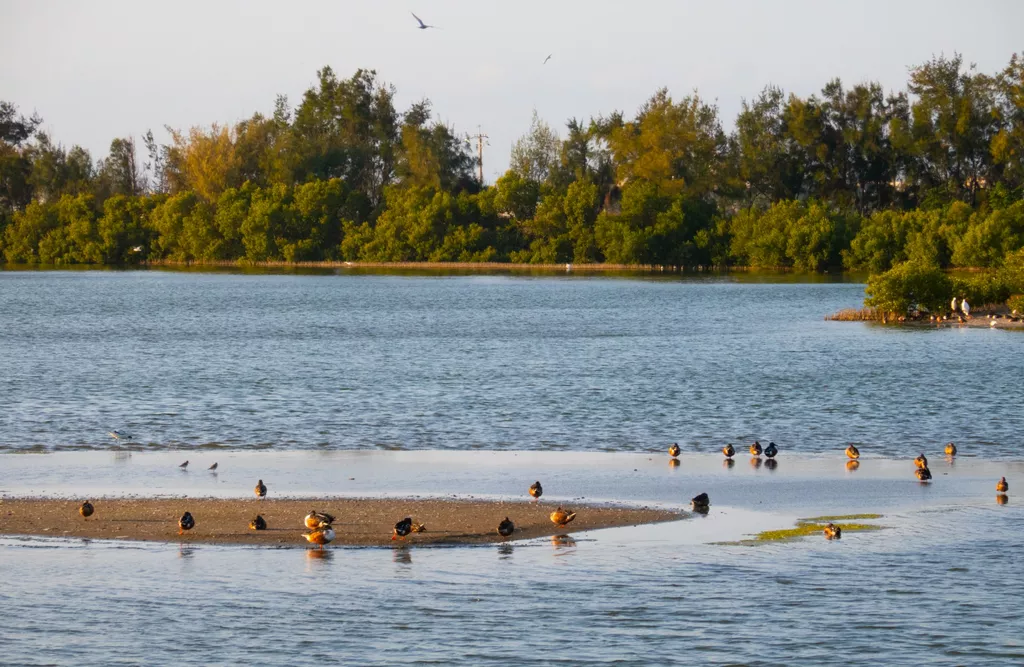
AI Surveillance Enhances Safety and Efficiency for Kaohsiung Light Rail
Leveraging Smart Cameras for Proactive Risk Prevention

The Kaohsiung Light Rail, a cornerstone of the Kaohsiung City Government’s public transportation initiatives, began trial operations in 2015 and has since become an integral part of the city’s transportation network. As a track-supported urban light rail system powered by electricity, it features a small turning radius, gradient adaptability, and simple station designs, allowing flexible navigation through city streets with dedicated or segregated rights-of-way. This ensures both efficiency and safety.
Beyond serving the daily commuting needs of Kaohsiung residents, the light rail connects key attractions such as the Pier-2 Art Center, Love Pier, and Dream Mall, boosting tourism and economic growth. By 2025, the Kaohsiung Light Rail has emerged as a model for sustainable urban mobility, carrying the mission of enhancing the city’s image and accessibility.
Challenges in Light Rail Monitoring and Safety Concerns

Spanning urban and suburban areas, the Kaohsiung Light Rail traverses diverse environments, including busy city roads, green spaces, riverbanks, and residential zones. This complexity introduces significant safety challenges, with one of the most pressing issues being unauthorized intrusions into the track area by animals or individuals. Stray cats, dogs, birds, or other wildlife may wander onto the tracks, triggering emergency braking, causing delays, or even posing collision risks. Additionally, pedestrians or cyclists occasionally stray into dedicated right-of-way zones, further amplifying safety concerns.
Traditional monitoring methods, reliant on manual inspections or fixed-camera recordings, struggle to address these issues effectively. Manual inspections are time-consuming, labor-intensive, and cannot provide round-the-clock coverage across all sections. While conventional cameras capture footage, they lack proactive detection and alerting capabilities, requiring backend staff to review recordings manually, which increases labor costs and delays response times. Moreover, the extensive and dispersed nature of the light rail network complicates centralized monitoring, leading to delayed incident responses and missed opportunities to prevent risks. These challenges not only undermine operational efficiency but also pose potential threats to passenger safety.
LILIN’s Intelligent Video Analytics Solution

Intelligent Video Analytics and Animal Intrusion Alerts

Remote Management and Unattended Operations
Reduced Labor Costs
Proactive Risk Prevention

Proven Success and Future Prospects
“With smart cameras enabling proactive risk prevention, the frequency of train delays caused by anomalies can be significantly reduced,” said Steve Hu, CIO of LILIN. “The application of smart cameras in rail transport extends beyond safety, offering capabilities like traffic and crowd detection to optimize train scheduling and station management. This not only enhances safety but also boosts operational efficiency.”
Leveraging advanced intelligent video analytics, LILIN has delivered a highly efficient, secure, and cost-effective monitoring solution for the Kaohsiung Light Rail. Through real-time alerts, remote management, and unattended operations, the system addresses monitoring challenges and mitigates safety risks proactively. This success story underscores the transformative potential of AI in public transportation and provides a replicable blueprint for intelligent management in urban transit systems worldwide.



